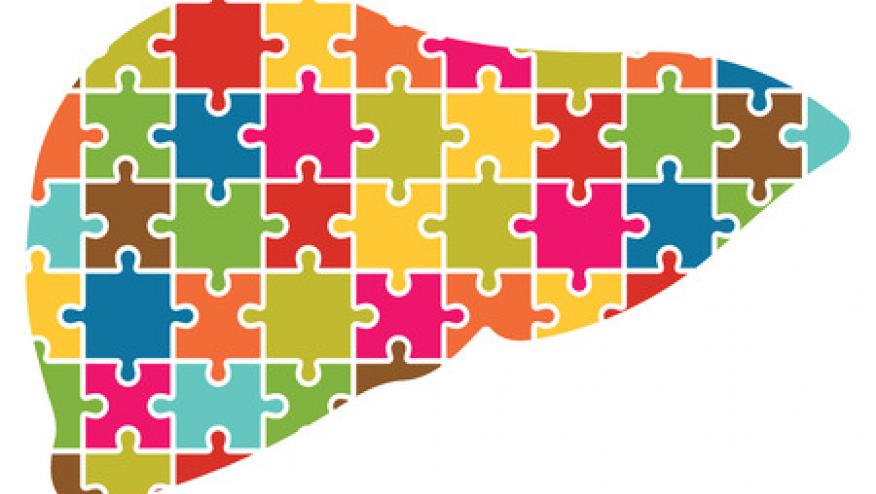Hepatitis A Outbreak in San Diego Save

On Sept. 1, 2017, the San Diego County declared a local public health emergency due to the ongoing hepatitis A outbreak in the county.
The outbreak is being spread person-to-person and through contact with fecally contaminated environments. The majority of people who have contracted hepatitis A during this outbreak have been homeless and/or illicit drug users.
Efforts of the County and its community partners to halt the hepatitis A outbreak focus on three key areas: vaccination, sanitation and education
San Diego County Hepatitis A Outbreak Cases and Deaths as of October 17, 2017*
| Cases | Deaths | Hospitalizations |
| 507 | 19 (3.7%) | 351 (69%) |
http://www.sandiegocounty.gov/content/sdc/hhsa/programs/phs/community_ep...
Eighteen people have died, and 490 cases have been confirmed as of Oct. 10, according to county officials. Of those cases, there have been 342 hospitalizations.
County officials announced that the local health emergency declared on Sept. 1 will remain through Oct. 24. The board is required to review the declaration every 14 days.
Officials said 68,500 Hepatitis A vaccines have been given by health care systems or pharmacists to date, including nearly 54,000 to people at high risk. Local health care systems, community clinics and pharmacies provided more than 36,000 out of those vaccinations. Mass vaccination events, mobile vans and foot teams handed out about 21,600. Additionally, local food handlers and at-risk professionals received 10,800 shots.
The City of San Diego has installed new bathrooms in the East Village to help curb the spread of the virus. That area has a high concentration of transients. Those restroom facilities will be maintained at least twice a day, and will be monitored by full-time security, the city said.
There are currently 22 public restroom facilities in downtown San Diego, as listed here.
City crews have also sanitized sidewalks in the downtown area and installed hand-washing stations.
Currently, there are 99 handwashing stations around the county, said county officials. The majority are located in the City of San Diego.
The groups most at risk are the homeless and illegal drug users, as well as people who work with homeless individuals, men who have sex with men, people with chronic liver disease, travelers to certain countries and people with clotting disorders, according to the county.
More than 6,400 hygiene kits were handed out to the at-risk population, said county officials. Those kits included hand sanitizer, cleansing wipes, bottled water, a waste bag and information pamphlets on Hepatitis A prevention.
Due to the ongoing outbreak, health officials have also encouraged food handlers and people who work with the homeless to get vaccinated.
Some people get the virus but have no symptoms. Signs of infection include fever, fatigue, nausea, loss of appetite, yellowing of the eyes (jaundice), stomach pain, vomiting, dark urine, pale stools, and diarrhea. Adults are more likely to have symptoms than children.
The California Department of Public Health suggests anyone who has been exposed to the virus, and who has not been previously immunized for Hepatitis A, should consider getting vaccinated no later than two weeks after exposure.
For those attending the ACR 2017 meeting, the eastern part of the Gaslamp quarter downtown, a few blocks from many Few cases of hepatitis A have arisen from infected resturant workers.
The CDC has not issued an official report from this outbreak. They do recommend Hepatitis A vaccination (an inactive vaccine) in adults under the following circumstances:
- You live in a community with a high rate of hepatitis A.
- You are a man and have sex with other men.
- You use street drugs.
- You work or travel to countries with high rates of hepatitis A.
- You have long-term liver disease.
- You receive blood products to help your blood clot.
- You work with HAV-infected animals or work with HAV in research setting.
It takes at least 2 weeks to develop detectable humoral responses to this vaccine take 2-4 weeks. The first dose (1ml) shouldd therefore be given 2 weeks prior to anticipated exposure and the 2nd dose needs to be given 6-12 mos later.
The ACR has not issue an announcement or guidance on this outbreak.










If you are a health practitioner, you may Login/Register to comment.
Due to the nature of these comment forums, only health practitioners are allowed to comment at this time.